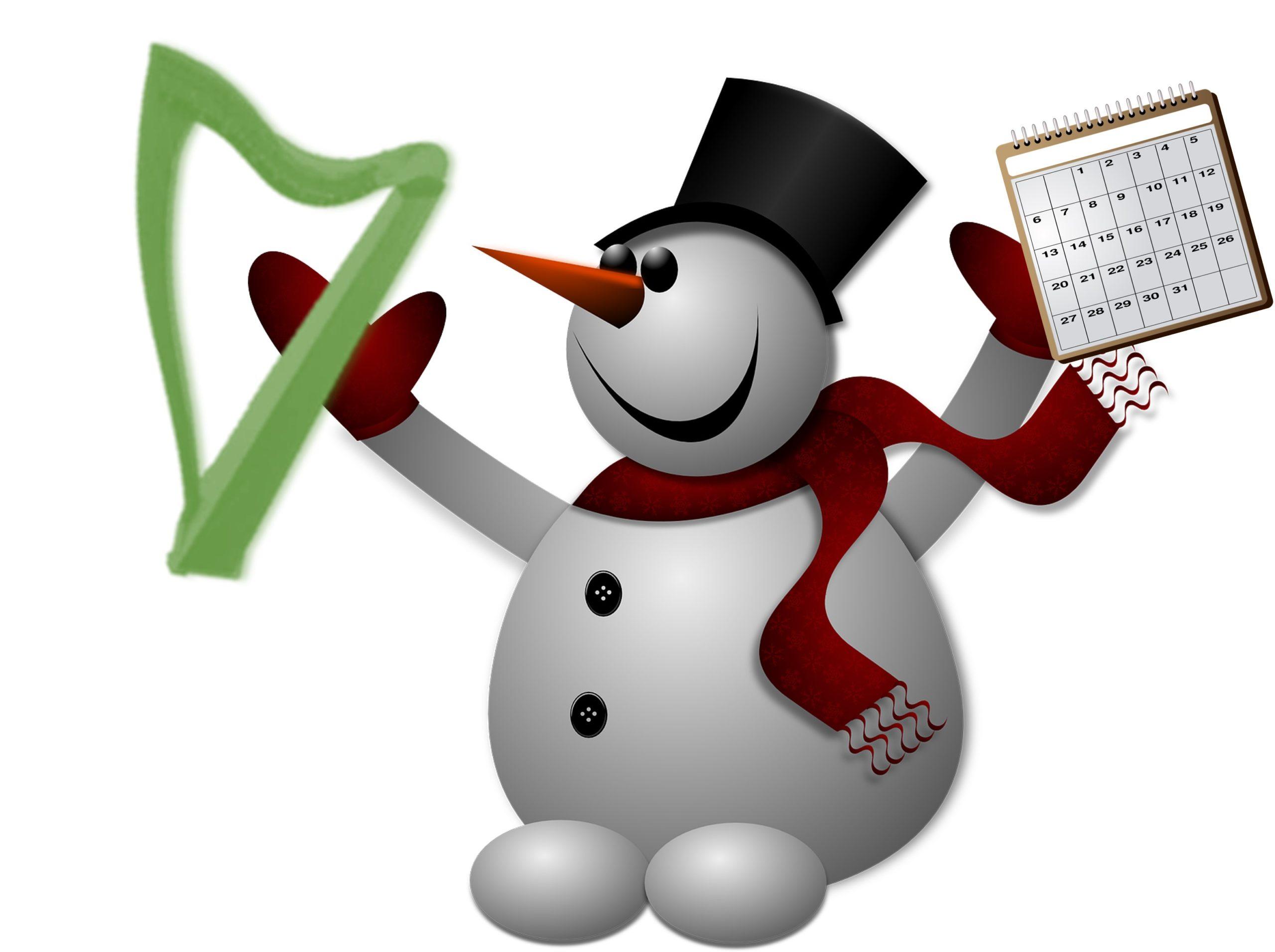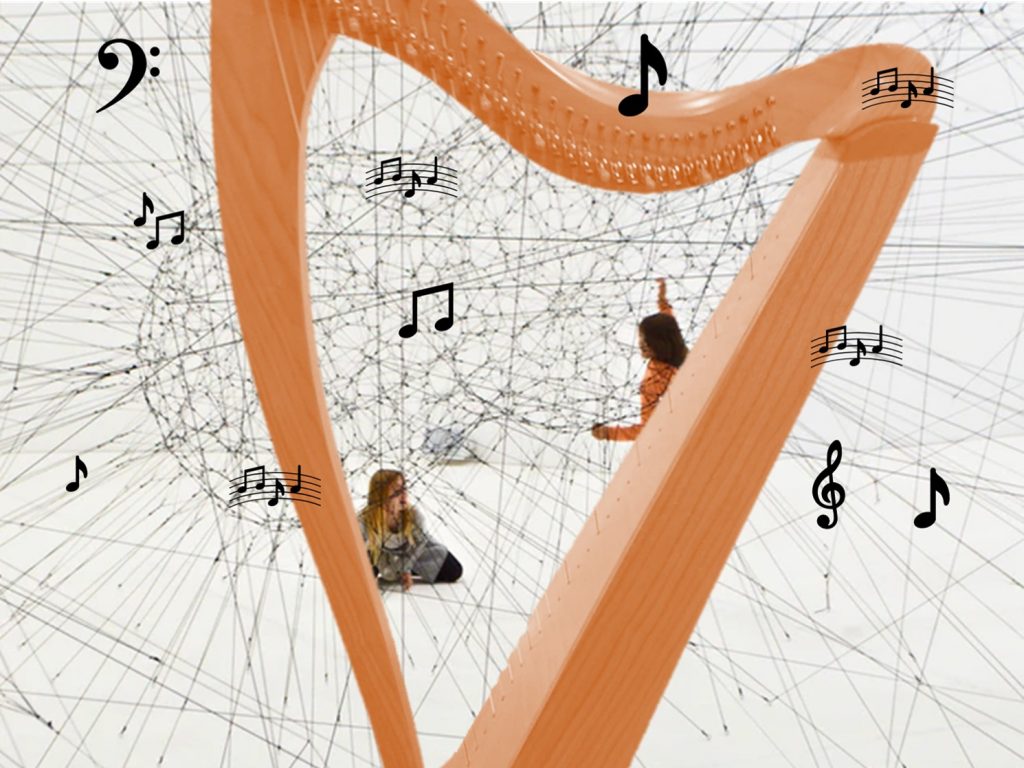I hate to break it to you, but next week is October! While there’s been pumpkin spice muffins, pumpkin spice coffee, pumpkin spice tires, and more available for over a month, you would not be seen as unreasonable for not realizing that the most terrifying time of the year (for harpers) is racing up fast – the Holidays (cue Halloween music – after all, that is the next holiday, despite what you might see in the stores). If you think I’m being dramatic, I have already seen tv ads for Christmas trees!
Now, you might be wondering why I say this is the most terrifying time of the year. It is, after all, the season of twinkly lights, candy everywhere, pretty ribbons and bows – what’s not to like? It’s also the busy season (which is nice and helpful to affording gifts to put inside the ribbons and bows). Well, here are three reasons it can be terrifying:
1. While all the professionals are booking events (yea income), non-harp-playing people also have no problem, upon learning that you play the harp, attempting to press you into performing. This is all well and good…if you want to be performing. But if you’re not interested in performing, are extremely nervous about performing, or have only been playing for a month – you might not want to be pressed into service! And people (who don’t play an instrument but are adept at organizing) are relentless. I’ve also found that their relentlessness is inversely proportional to the amount of money they are willing to pay you!
2. Everyone knows all the music! Yup, when the entire audience knows all the tunes, that’s a little intimidating because you are certain they will hear every artistic deviation (not mistake!) from perfection that you introduce.
3. The holidays can be fraught – fraught I say – with stress. Even if, like me, you lead a stress-free existence*, it’s difficult to avoid the feeling of stress rolling off all those around you.
So, it’s time to start preparing! Here are four things you could practice being ready:
1. Saying “No”. I know it’s hard but, if you don’t want to be playing for whatever reason (you’ve only been playing for a week, you are embarrassed by sweating navigable puddles when performing, because you just don’t want to) – practice saying “no”. Sound too abrupt? Then say, “No, thank you”. You don’t owe anyone an explanation (well…maybe if it’s your mom, but no one else!)
2. Christmas music you’ve played before. Since you’ve learned it before, it will come back easier than the last time. Yes, I know it might not feel like it, but it will.
3. New Christmas/Winter. Well, new to you. You don’t want to be playing the same stuff year after year. You need to keep learning. New things will help you stay fresh and keep you interested. Adding in winter music will also help you bridge gaps for audiences and give you things to play past Christmas (after all – winter goes for about 80+ more days after Christmas day).
4. Other music. Since the Christmas music will probably start sooner than later, by the time the holidays actually arrive, everyone is a little fatigued of hearing them. Keeping your wider repertoire ready to go will help you add to your set lists and avoid burn out…and will keep you ready for the rest of the year!
So, dust off your Christmas books and binders, start reworking your old tunes and deciding on what you’ll add this year. Be proactive when deciding what you will let slide in your regular repertoire (for now). And spend a little time with your calendar so you’ll know when you are (and aren’t) interested in playing. Keep in mind that most of your friends and family would be delighted if you shared your gift of music with them (even if you’ve only been playing for a week – they love you!).
What are you going to be playing this holiday season? Which are new to you? Let me know in the comments!
*LoL – I wish!

